Jump to:
Summer is the perfect time to enjoy the outdoors, and nothing beats having a well-prepared garden for the warm weather. There are many ways to get your yard ready for this season. Luckily, we’ve done the homework for you and put together this list of summer garden ideas! Find the perfect concept to transform your outdoor space here.
1. Bring in garden furniture in bright colours
Add a cheerful summer vibe to your garden with bright-coloured furniture pieces. A new set of wooden garden chairs is sure to match any garden. Or if you already have wooden furniture, a fresh new coat will give them a superb new look, and you can pair them with lively-coloured cushions.

2. Make the setup tropical
Tropical garden ideas are the heart of summer gardens. An effective trick is to use an evergreen backdrop to create a lush, green space. You can also mix exotic plants with British varieties and play with vivid colours.
Take a cue from the photo below. We love the contrast of the bright red garden parasol amidst the greenery in this setup!

3. Summery outdoor lighting
Create an inviting alfresco dining space with a clever outdoor lighting setup. String lights and lanterns are good choices, and deck lighting adds an extra touch. If possible, hang a chandelier to create a focal point when setting up a dining area in your gazebo.
4. Outdoor fire pit or fireplace addition
Fire pits or fireplaces are garden features you can enjoy year-round, including in the summer. Besides adding visual interest, you can grab skewers to make s’mores over the open flame. A wood-burning fire also keeps pesky summer bugs away.

5. Set up lawn games
One of the best parts of this warm season is the opportunity to enjoy games to play outside. Challenge everyone with a tug-of-war game or a giant kerplunk. If your garden is too small for regular lawn games, go for compact ones like checkers, Jenga, and tic-tac-toe.

6. Comfy corner seat
Swap traditional recliners with a small rattan corner sofa during this warm weather. Warm up your deck with lush planting and colourful cushions for a quiet nook to relax.
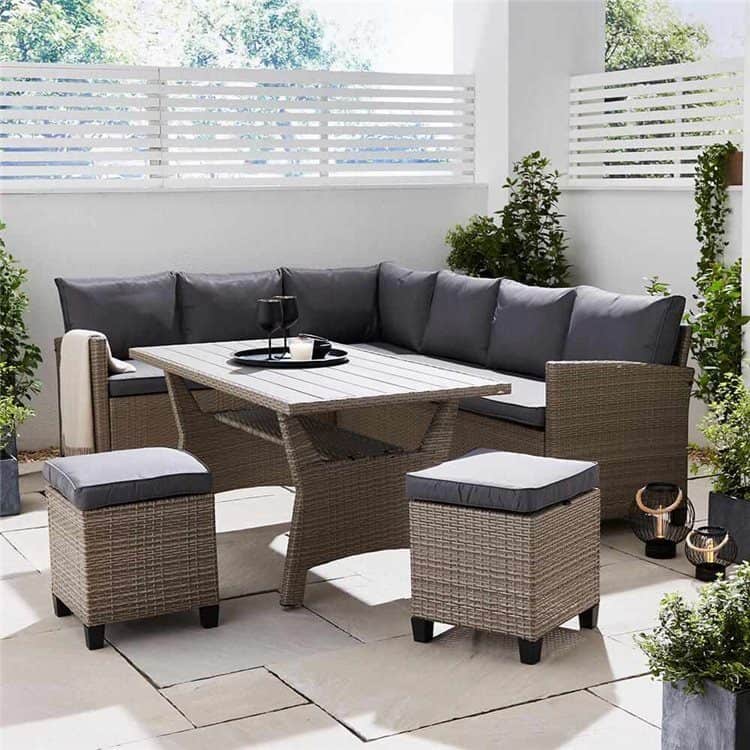
7. Go festive with buntings
This decorative style won’t just look ideal for big BBQ party ideas but also casual gatherings. Hang buntings and fairy lights on trees, and add lanterns for an instant party vibe. These additions will introduce a warm glow that will keep shining through the night!
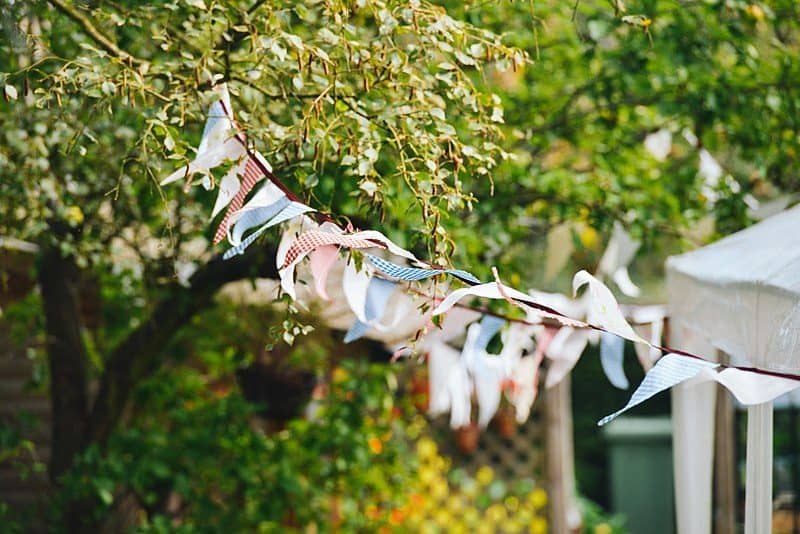
8. Build a tent
Build your outdoor oasis with a garden tent! Or put a wigwam for the little ones to camp out, leaving the grown-ups to enjoy their own fun. A simple tent setup can provide a shaded and sheltered area where everyone can relax and dine.
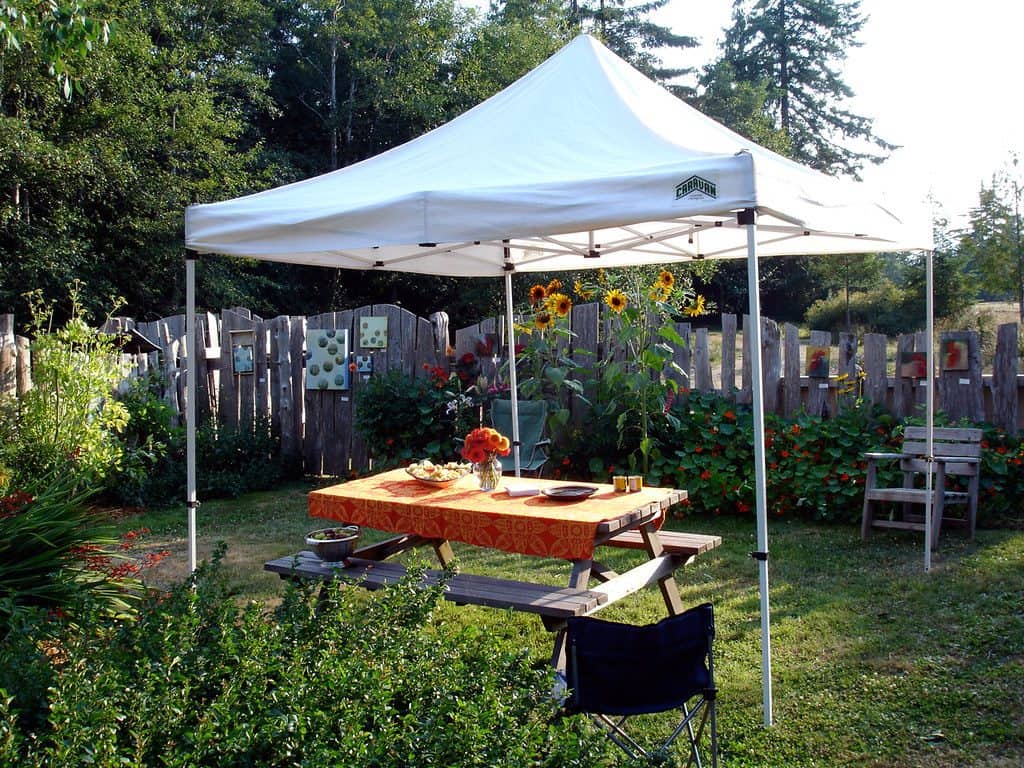
9. Light up the path
Paper lanterns are cost-effective ways to line the garden paths. They’re great for illuminating your space in style, too. They add an instant atmosphere, even when the summer sun has set.

10. Crates on trees
Besides string lights, hang some crates on trees for practical and creative storage. Keep everything off the ground and keep snacks and drinks, or even falling fruit trees, in the crates. When the crates bear fruit like apples, which you can share with your guests.
11. Recline in hammocks
Hammocks are among the most popular outdoor furniture choices for summertime. Whether placed on your patio or hung from a tree, they provide an ideal spot to relax and enjoy the surroundings. These fabric swings add cosy accents and flair to any backyard.

12. Summer blooms centre stage
Early summer is when gardens appear lush and beautiful, and yours can be just as stunning! If your green space is bursting with new blooms, you can create a show-stopper display in your yard. Maintain them to preserve their beauty before the new season arrives.

13. Showcase your lounge chairs
Be it an Adirondack chair, a sun lounger or a deck chair, you have to get at least one for your backyard or poolside. Look for models with an all-weather mattress or futon-sized garden seat cushions. Ensure the sitting area provides a comfy and relaxing take on the outdoor experience.

14. Be bolder with print backdrops
Instead of traditional garden hedges, consider using printed backdrops like tapestries. The right design can turn your patio into an exotic party area. You can also hang wallpaper on a fence, tree or bare wall. Choose a Moroccan riad design or any other pattern that suits your style.
15. Medieval tea party setup
Summer isn’t just about outdoor cookouts. Take full advantage of the warm season by hosting tea parties. This mismatched French-style selection works as a treat. What a perfect table-setting idea for your next event!

16. Potted and container garden display
For an informal get-together, fill your deck with large potted and container plants. Adding some on benches or even on the table also works well. Try recreating these simple but lush pot displays for your summer exterior.
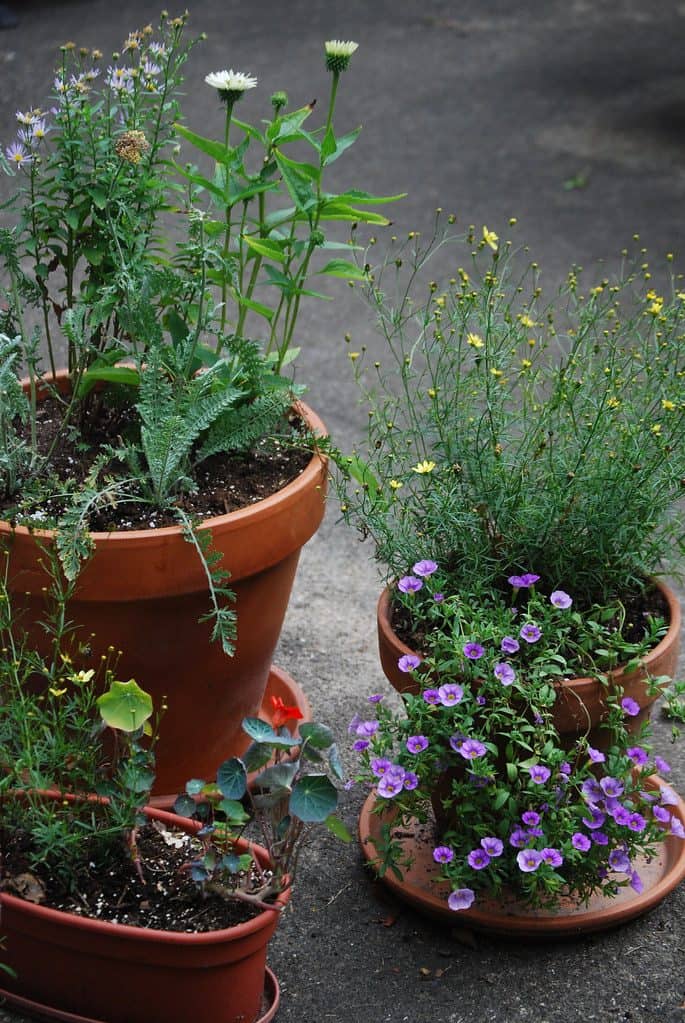
17. Take out the ping pong table
Take your BBQ games to the next level with a full-sized ping pong table in your backyard! You can create the ultimate party pad with one. Here, the ping pong table takes pride in place on the lawn.

18. Water feature centrepiece
The simple addition of water to the landscape, such as a pond, can offer a new dynamic to a garden area. It also freshens up the space, perfect for the summertime. Check out these raised garden pond ideas for more inspiration.
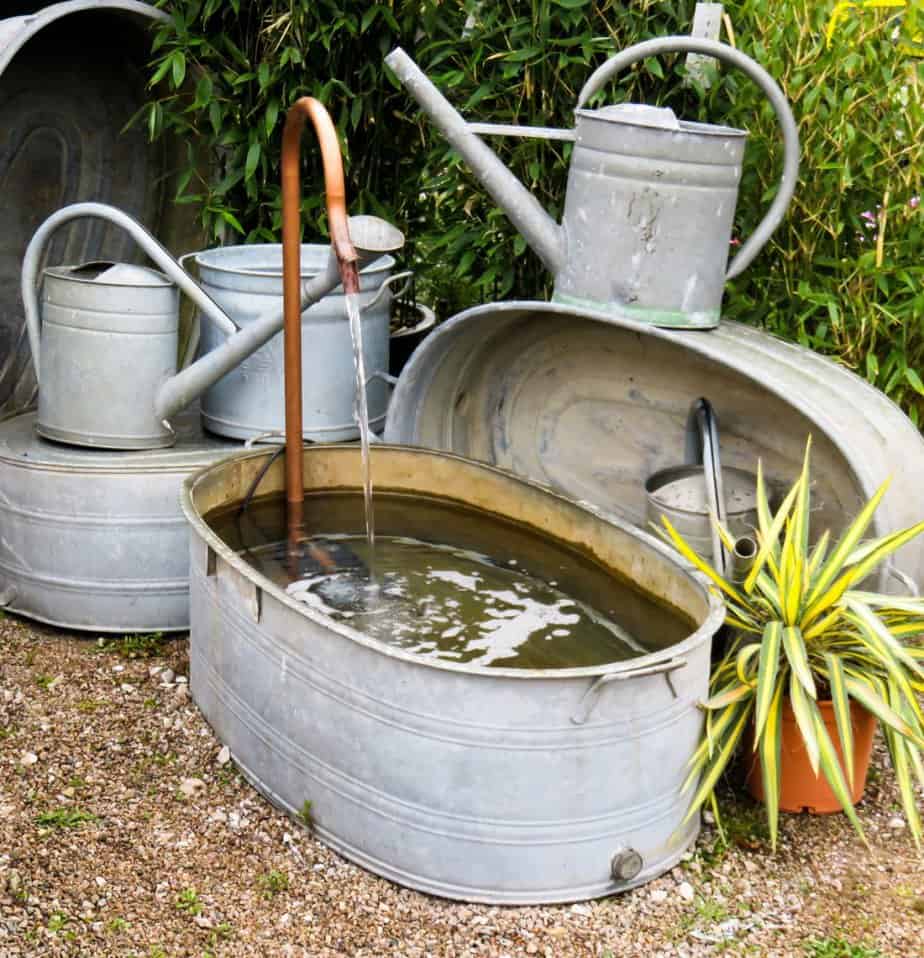
19. Garden room retreat
This time of the year is the moment for summerhouses! These fabulous buildings are sheltered retreats with large windows and doors to provide a delightful outdoor experience under a roof.
Here are the best summerhouse interior ideas to inspire you to create your dream retreat. It could be a space for relaxing, entertainment, working, or as a guest’s bedroom.

20. Poolhouse addition
A pool house in the backyard goes beyond just comfort. It allows you to keep the party outside rather than inside your home. A perfect summer getaway even without leaving your home premises. Tip: Use your existing shed storage or log cabin and transform it into a poolhouse.

Round-up
As the weather warms up, it’s time to head outdoors and start to prepare your garden for summer. This isn’t just about creating the cosiest backyard retreat and outdoor fun; it’s also about enjoying the season’s bounty of blooms. We hope our summer garden ideas will help you achieve this!
Browse through our summerhouses for sale for the ultimate retreat this season. Up next on your reading list: How to Blend Your Summerhouse Into Your Garden










